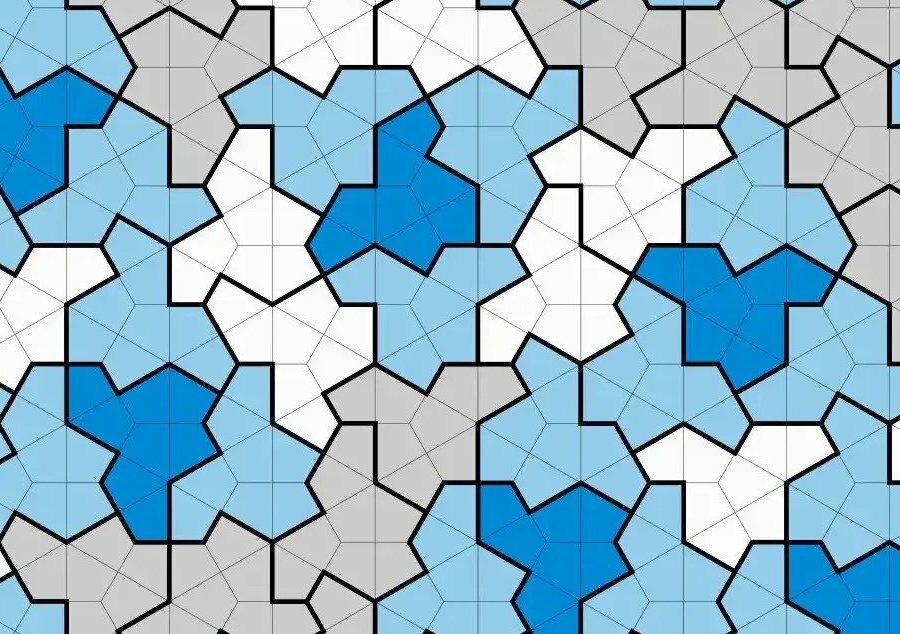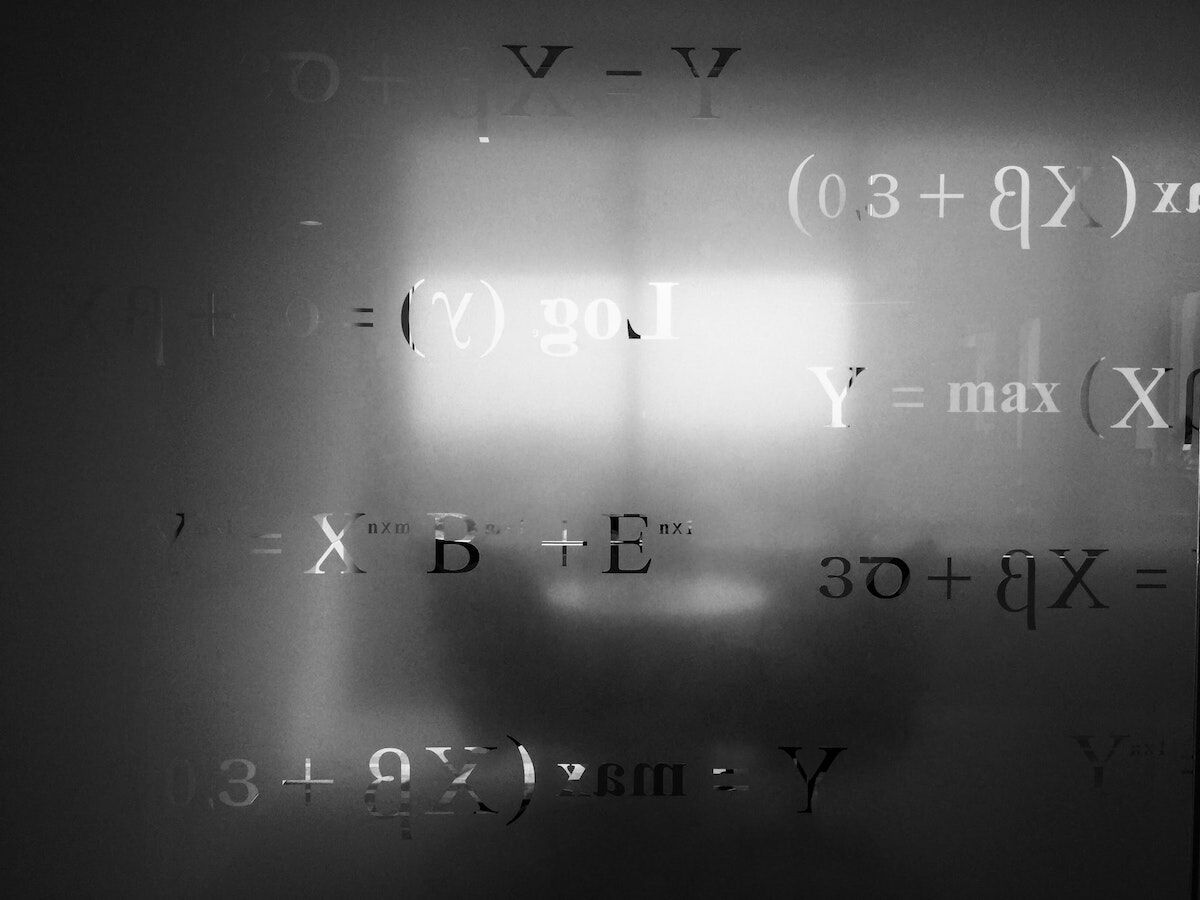Mathematics is an infinite world of wisdom and infinite numbers.
Every century, every decade, every year, every day, new discoveries are made in this "impressive" area of knowledge.
In "celebration mode" of Pi Day (the famous 3.14...) on March 14, New Scientist has put together a list of seven interesting facts about mathematics.

"An incredible trick"
Did you know that there is a simple mathematical trick that allows you to get out of any maze? It's to always turn right.
No matter how complicated the labyrinth, how many twists, turns and dead ends there are, the method always works.

"Why are you so unique"
"We are one in 10^68". The number doppelgängion, named by mathematician Antonio Padilla, is so large that it's almost impossible to conceptualize.
It's 1 followed by 100 million billion billion billion billion billion billion billion zeros, relating to the chances of finding someone exactly like us in the universe.
As New Scientist explains, the doppelgängion is the finite number of quantum states that can exist in a space the size of a person - and is reached by adding up all the possible states.
"The best kitchen tile in the world"
For decades, mathematicians have wondered if there was a single tile that could completely cover, for example, a kitchen without repeated patterns.
It was Roger Penrose who discovered pairs of tiles in the 1970s that could do this, but nobody found a single tile that, when laid, produced the same effect.
That changed when a new "Einstein" tile was discovered last year.

"And the next number is..."
There is a sequence of numbers so difficult to calculate that mathematicians only recently discovered the ninth in the series.

These numbers are called Dedekind numbers, in honor of the mathematician Richard Dedekind, and they grow at a "double exponential rate".
Number nine in the series has 42 digits and took 32 years to calculate. It is now feared that it will be impossible to calculate the tenth.
"You can't see the forest because of the TREE(3)"
There is a number so big that it doesn't fit in the universe.
TREE(3) is the result of a simple mathematical game that involves generating a forest using different combinations of "seeds" according to a few simple rules.
New Scientist explains: "If you have one type of seed, the largest forest allowed is one tree. For two types of seed, the largest forest is three trees. But for three types of seed, the largest forest has TREE(3) trees, a number too large for the universe."
Speaking of the universe
There is an eight-dimensional number system called octonions that physicists are trying to use to mathematically describe the universe.
Here the numbers are literally "complex " - consisting of a real part and an "imaginary part", such as the famous "i".
Octonions are the eighth dimension of "complexes", created on top of the real numbers, and scientists strongly believe that these numbers could be the number system needed to understand the laws of nature.
"So many new solutions"
The three-body problem is a classic astronomical problem about how three objects can form a stable orbit around each other.

Such an arrangement is described by Isaac Newton's laws of motion, but finding solutions is incredibly difficult.
Or was... In 2007, a group of mathematicians managed to find 1,223 solutions to the problem. Incredible, isn't it?
Or was it... Because last year, another team overcame this challenge and found more than 12,000 new solutions.






